The veteran action star discusses a lifetime of martial arts study and collaborating with Keanu Reeves on 'John Wick: Chapter 4.'
Quiet command of the silver screen and skillful command of the sword have made Hiroyuki Sanada a deadly addition to many a martial arts sequence. Over the course of 100 roles in Japanese and American cinema, he’s cemented a place as one of the most respected action actors working today. The range of his ability is perfectly demonstrated in John Wick: Chapter 4, where he plays Shimazu, the manager of the Osaka Continental and best friend to Wick. If the role looks like it was tailor-made for him, it’s because it was—by John Wick-franchise director Chad Stahelski.
Sanada spoke with Men’s Journal about reuniting with Keanu Reeves, his study of martial arts, filming The Last Samurai with Tom Cruise two decades ago, and more.
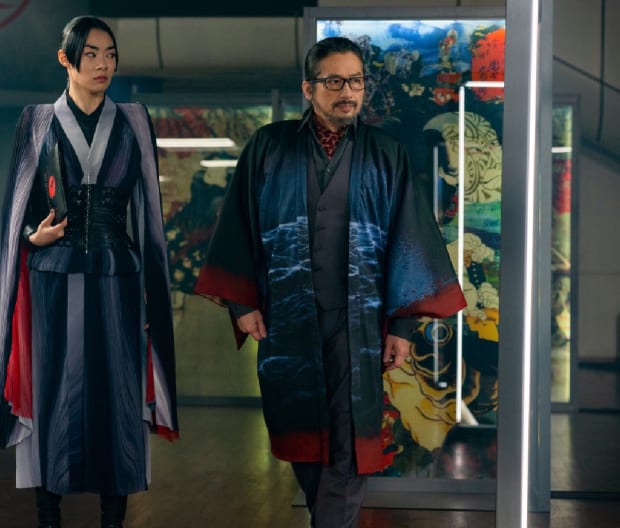
Courtesy Image
Men’s Journal: How did you first hear about the John Wick movies?
Hiroyuki Sanada: Keanu first told me about John Wick when we were doing 47 Ronin together over a decade ago, and I was instantly curious about it. I remember going to opening day in theaters and being excited for him. I really enjoyed the first three movies, and saw them as soon as they came out. Each time, I was blown away.
I was very excited to get a call from Chad [Stahelski] when they started making this one. He said they had a character who was perfect for me—an old friend of John Wick’s, Shimazu, who’d trained with him. The character would also have ‘the soul of a samurai.’ Of course, I agreed immediately, and told him, ‘See you on set!' ”
Related: The Enduring Appeal of Keanu Reeves
What’s your first memory of meeting Keanu Reeves?
It was at the studio where we were training samurai movements for 47 Ronin. I’d worked as his teacher and taught him how to sit, stand, wear the obi belt, and hold the sword like us. Keanu is a very hard worker, so humble and kind, and really hard on himself—but he loves training. I remember thinking of him as a samurai already, mentally. There were a lot of old injuries that Keanu was dealing with even back then from his motorcycle riding, in his knees and everywhere else. I had a lot of sympathy for that because I’ve also sustained a lot of injuries fighting and doing stunts in my career. In that way, we were going through the same painful experience.
What was it like to reunite with him on this project?
I hadn’t seen Keanu since the premiere of 47 Ronin, and I was shocked at the fact he hadn’t changed at all. Still humble. Still such a hard worker. Before we started filming, we trained together in the same room for three weeks, doing our fight scenes. Sometimes he would watch me train and sometimes I’d watch him, and we would just have these moments of support for each other. Keanu is a producer as well on these movies, so he also has to take care of the rest of his cast and crew. Every day, we worked hard with the stunt training and rehearsal.
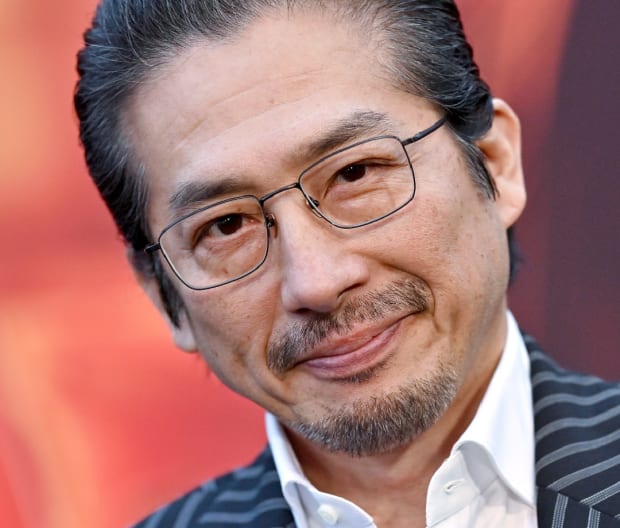
Getty Images / Axelle/Bauer-Griffin
In the script, John Wick and my character came up training together in the same gun fu style that John uses throughout the films. I spent a lot of that training time with Keanu learning it. Plus, Chad also wanted me to use the sword. Each of the stunt guys who I was fighting in those scenes was so tall. I think Chad wanted me to be the little guy taking out the big guys with quickness and effectiveness.
Related: ‘John Wick 4’: Your Guide to What Could Happen in the Sequel
What was it like filming those scenes in the Osaka Continental?
Keanu and I had a one-on-one fight in 47 Ronin that I really enjoyed filming. This time there was no fighting between us. Instead, we had a nice scene on the roof with whisky—which felt like it was just the two of us off-set. There were moments when I actually forgot that a camera was there. Chad made sure to give us Japanese whisky to drink, with respect. I really liked that scene, despite the fact there was no fighting.
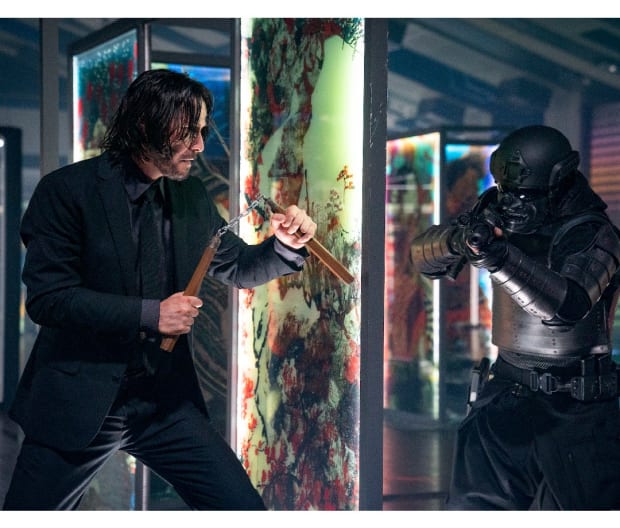
Courtesy Image
We have to call out that incredible scene you have with another icon, Donnie Yen. Was this your first time working with him and what was it like filming that fight?
It was my first time working with Donnie, but as soon as we were together, he felt like a long-lost friend. We both grew up in Asia, and there’s a mutual respect we have for each other, our careers, and martial arts skills. From the beginning, Chad said he wanted us to bring our own ideas to the face-off, and really build the scene ourselves. So we sat down and started going back and forth, talking it out at first, on how the battle should progress.
The planning and rehearsals went through the night, but once we started filming it went very quickly. The entire cast and crew were crowded around us on the set watching. I think they were enjoying the show! It was a beautiful set, with the waterfall and cherry blossom trees, and a great playground for us. Keanu was watching on the monitor. We got it done in three takes, then it was just high fives all around. It was a very special moment.
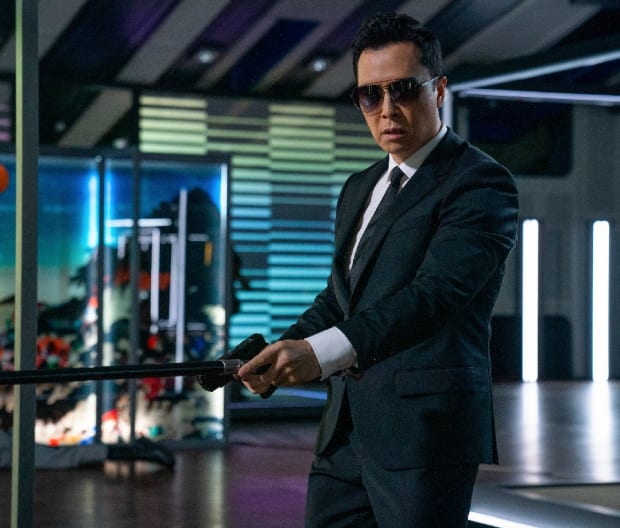
Courtesy Image
There’s an impressive level of communication in your fights, with or without the sword. How do you approach these fight sequences to make them so powerful and unique?
I believe that action must be dramatic, and I think Donnie would agree. The peak of action is true drama. There’s a moment where words can’t finish the feeling or the thought, and that’s when we do something. Each movement should feel like it needs a subtitle.
How do you recover from a full day of shooting that kind of action?
I have a number of injuries over my career. I got them when I was young, but I’ve always wanted to keep fighting. I have since learned the importance of recovery and maintenance. I rely on acupuncture and massage to feel better. On set, when I’m filming, I’ll make sure to ice my injuries and use tape. I’ll take painkillers when I have to. To this day, sometimes my old injuries will flare up when I’m filming. I’ll talk to my injuries: “Are you crying now?” But the show must go on, so I’ll ask them for two or three hours more to stay quiet. Once we start fighting though, the adrenaline always kicks in and it helps me get through. When we’re done, I’ll go into an ice bath or get a massage.
Related: How Brad Pitt Trained to Give and Take a Beating in 'Bullet Train'
When did you first start training with a sword?
I think I was six years old when I first had a sword in my hand. My father studied kendo, which is a Japanese style of sword fighting. He studied that a long time, and he gave me a wooden sword then when I was a kid. He started by teaching me some basic movements. My brother was two years old and we would fight each other. Then I started going to an actual dojo when I was nine years old, where I could actually study kendo. I also studied shorinji kempo and kyokushin kaikan karate. Later, I joined Sonny Chiba’s Action Club. That’s when I was studying sword fighting in an entertainment-focused way, while keeping up with true kendo. I decided that I wanted to know both—for entertainment and the true way.
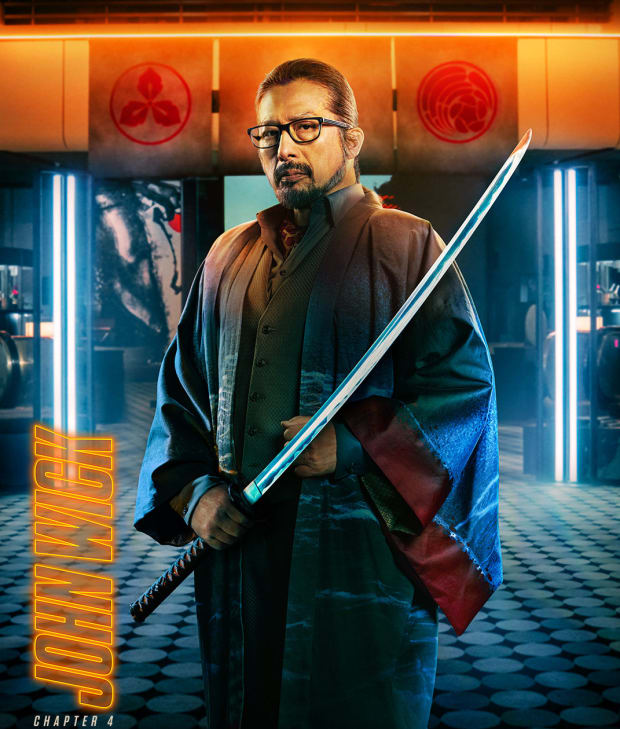
Courtesy Image
Once you’re cast for a role, how do you go about building the style and adjusting martial arts movements to fit with your character’s backstory?
Each of my roles has required a different fighting style, no matter how subtle a difference. I’ll study who the person is, what fighting styles they’ve studied, and paint that character like using different colors. I assess what I need to know, then I go to the specific dojo I need to study at. Even into my 40s, I’d go to the dojo to study for my roles under different masters. For someone who isn’t familiar with martial arts, it might not be possible to tell the difference—but it’s different. That takes effort, but for me, it’s worth the effort.
There was a special dojo I went to when I did The Twilight Samurai to study the short sword. I learned a lot from that master. Once we wrapped on that movie, it was my last experience going to a dojo to study. From there, I took what I’d learned over many years and built the martial arts out of those skills. I really enjoy the process of creating these new styles for each role.
Related: How Jonathan Majors Became Creed’s Toughest Adversary Yet in ‘Creed III’
Many of your Western fans were first introduced to your talents two decades ago opposite Tom Cruise in The Last Samurai. How did the role of the sword master Ujio find you?
The director and DP came to Japan to research for The Last Samurai before Tom Cruise was a part of the movie. The casting director asked me to meet with them while they were in Japan, and give some insight into the samurai culture. I probably spoke with Edward Zwick for three hours. They also wanted me to do a little demonstration of the sword fighting for them with some stunt guys. They filmed me doing those sequences.
When Tom Cruise joined the movie about half a year later, they decided to give me the sword master role. Our fighting coordinator and choreographer were Western, so they gave me a lot of respect when it came to the samurai elements. They created some great choreography, but at times the form or movement would be more Western, so I’d adjust what I could. I think it was a great example of the Japanese and Western worlds collaborating. That movie opened a lot of doors for me.
What was it like working with Tom Cruise in those sword fighting scenes?
I was having sessions with Tom from the very beginning where I would instruct him how to wear a kimono and how to hold the sword. We had two big scenes together—the fight that we had in the pouring rain and our big training scene. The working relationship came to us easily. To be training swords together, it means getting to know each other, sharing everything, and believing in each other. I saw what a hard worker he is, as well as a great student and quick learner. Filming both the fight in the downpour and the training scene took two days each. It was a lot of fun. I trained him in a very traditional way. The training scene could be more smooth and controlled while still being fierce, while the battlefield scene was always going to be chaotic. Even the samurai can become wild when it’s necessary to survive.
What’s next for you?
I’m excited about our Shogun miniseries, which I also produced. We’ll have to talk again when that comes out!
John Wick: Chapter 4 is now playing in theaters
from Men's Journal https://ift.tt/PkXNGEe


0 comments